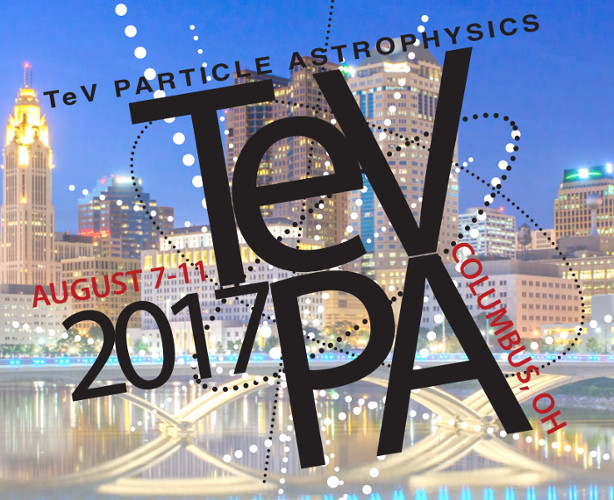Speaker
Description
The early universe could feature multiple reheating events, leading to jumps in the visible sector entropy density that dilute both particle asymmetries and the number density of frozen-out states. In fact, late time entropy jumps are usually required in models of Affleck-Dine baryogenesis, which typically produces an initial particle-antiparticle asymmetry that is much too large. An important consequence of late time dilution, is that a smaller dark matter annihilation cross section is needed to obtain the observed dark matter relic density. For cosmologies with high scale baryogenesis, followed by radiation-dominated dark matter freeze-out, the perturbative unitarity mass bound on thermal relic dark matter is relaxed to thousands of PeV. An extensive direct detection search program is necessary to uncover such dark matter. Intriguingly, within the dilute thermal relic framework, PeV mass asymmetric dark matter could be responsible for the production of heavy r-process elements, including gold.




